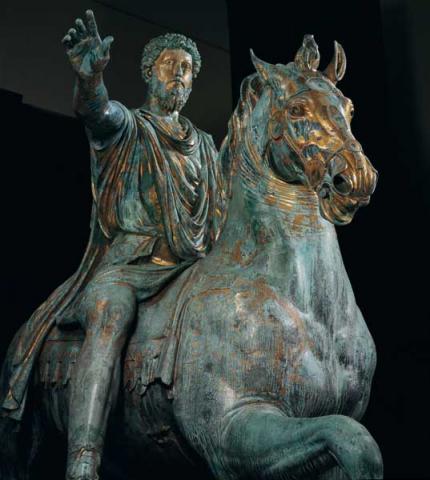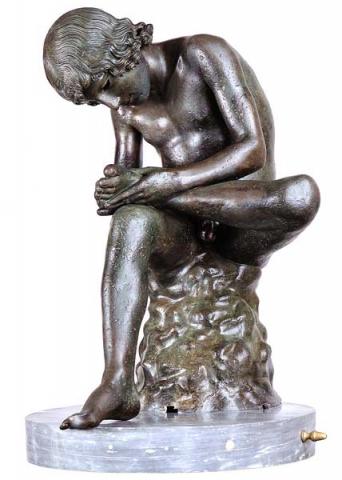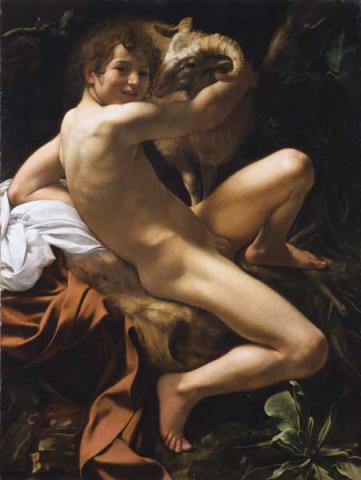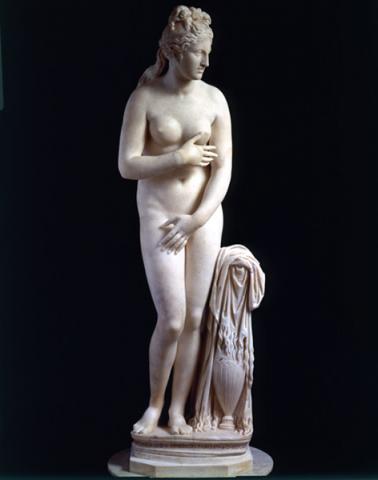Antique Treasures: the jewelry of the Campana Collection
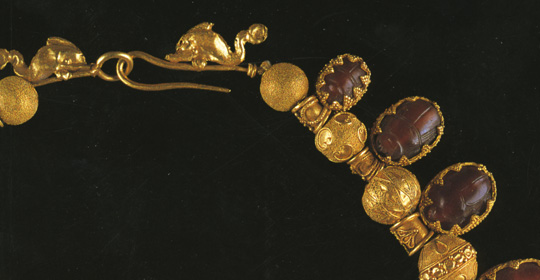
Antiques and the antique style in the splendid Greek, Etruscan, Roman and Byzantine jewelry from the collection made in the first half of the nineteenth century by the Marquis Giovanni Pietro Campana and now mainly kept in the Louvre Museum.
A distinguished collection of more than 200 examples of Greek, Etruscan, Roman and late antique jewelry, once part of the collection of the Marquis Giovanni Pietro Campana di Cavelli (1808-1880) and now belonging to the Louvre, is currently on display in the room of the Orazi and Curiazi, in the Palazzo dei Conservatori on the Campidoglio. .
It is one of the most important jewelry collections of the nineteenth century and played a crucial role in reintroducing to Rome the taste for jewelry in an archaeological style. This type of jewelry was in fashion from the beginning of the nineteenth century and was originally inspired by the discoveries made at Herculaneum and Pompeii in the previous century.
Marquis Giovanni Pietro Campana embarked on his career as a collector at a very young age, having inherited a passion for art and archaeology from his father and grandfather.
In 1831 he became the first assistant, and subsequently the director of Monte di Pieta, a prominent institutional position, which he held from 1833 to 1857.
His solid classical education and mature experience in the fields of archaeology and scientific research gained him prestigious appointments from the Vatican administration, including the directorship of the excavations at Ostia: this was how his career as an administrator, archaeologist, antiquarian and collector began. The collection of bronzes, sculpture, terracottas, jewelry, paintings, ceramics, coins and medals came from antiques markets and from excavations, both those that he directed himself and those he supported in Rome and Lazio. In this way the Marquis Campana gradually created a vast museum, which was admired all over Europe.
In 1857, overwhelmed by financial misfortune, the Marquis was forced into exile. In 1859 his goods were confiscated by the Vatican State and his collections were put up for sale. While a purchaser was being found, the jewelry collection was entrusted to the goldsmiths of Castellani. This gave them the opportunity to experiment with new techniques of workmanship and methods of restoration, giving momentum to their own production of jewelry in exquisite archaeological taste.
In 1861 the French government acquired most of the Campana museum, except for the pieces that England and Russia had already acquired, and almost all of the collection of antique jewelry. Only the coin collection, which consisted of more than 400 examples of gold Roman and Byzantine coins, was opportunely acquired by the Capitoline administration. This happened in 1873, thanks to the involvement of Augusto Castellani, then the director of the Capitoline Museums.
This exhibition, the result of an important restoration project financed by the Foundation of the Savings Bank of Rome and planned by Françoise Gaultier, Chief Conservator of the Department of Greek, Etruscan and Roman Antiquities at the Louvre, and Catherine Metzger, Honorary Conservator General of the same department, was displayed in Paris, at the Louvre , from October 2005 to January 2006. It has been brought to Rome by the Municipality of Rome, the Council Department of Cultural Politics and the Office of Fine Arts, with the generous collaboration of the directors of the Louvre, the British Museum, the National Etruscan Museum at Villa Giulia and numerous archives and libraries, including the National Library of France.


























